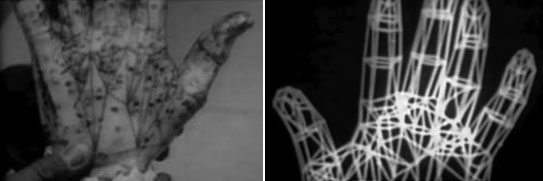Rendering, as a concept, has come a long way from the breakthroughs of 1960’s and 70’s. It is one of the major processes in Computer Aided Designs (CAD). Rendering has its uses in architecture, video games, simulators, movie or TV visual effects, design visualization & many other fields.
It all started in 1972, when two students from Utah University- Ed Catmull and Fred Parke -created the world’s first 3D rendered movie. The world’s first rendering involved showing an animated hand – something that hardly sounds path-breaking or even interesting in his era of advanced technologies. The hand shown in this movie was a replica of Ed’s left hand. At that time, no 3D computer aided design tools were available to aid their process. Ed created a plaster replica of his left hand, on which he drew the polygon shapes, similar to what we have in Polygon tool sets in any 3D applications like 3dsmax and Maya.
The model was then digitized into primitive wire meshes.

This student from Utah University went on to become the co-founder of today’s Pixar along with Steve Jobs. At this stage, Ed Catmull invented the math for rendering a mesh (REYES algorithm), which has been one of the important landmarks in the history of computer graphics. All our present day rendering concepts and tools are based on his remarkable innovation in the labs of the University of Utah. Ed went on to contribute towards the science fiction film Futureworld in 1976, which is the first film to use 3D computer Graphics in Hollywood.

He also developed the much acclaimed Renderman for Pixar in early 80’s. The result of this is the amazing rendering quality of films like Toy Story, Finding Nemo, Cars, Ratatouille and many more. The whole process started off as a hardware project called REYES machine (Render Everything You Ever Saw). Today REYES algorithm is the source of Render Man’s power.
Once the initial phases of development and testing were done, Pixar started selling these REYES machines, called RM-1 machines to studios that needed high-speed renderings. In 1989, Pixar developed the software version of the RM called Photorealistic Renderman. They then started selling Renderman licenses to CG visual effects and animation companies. Presently, Renderman has become a part of the rendering pipeline of all leading animation and visual effects studios around the world because of its robust architecture and stability.
What started 40 years back in the labs of Utah University is now the major force behind the look
development process of all major blockbuster CG animated movies.


